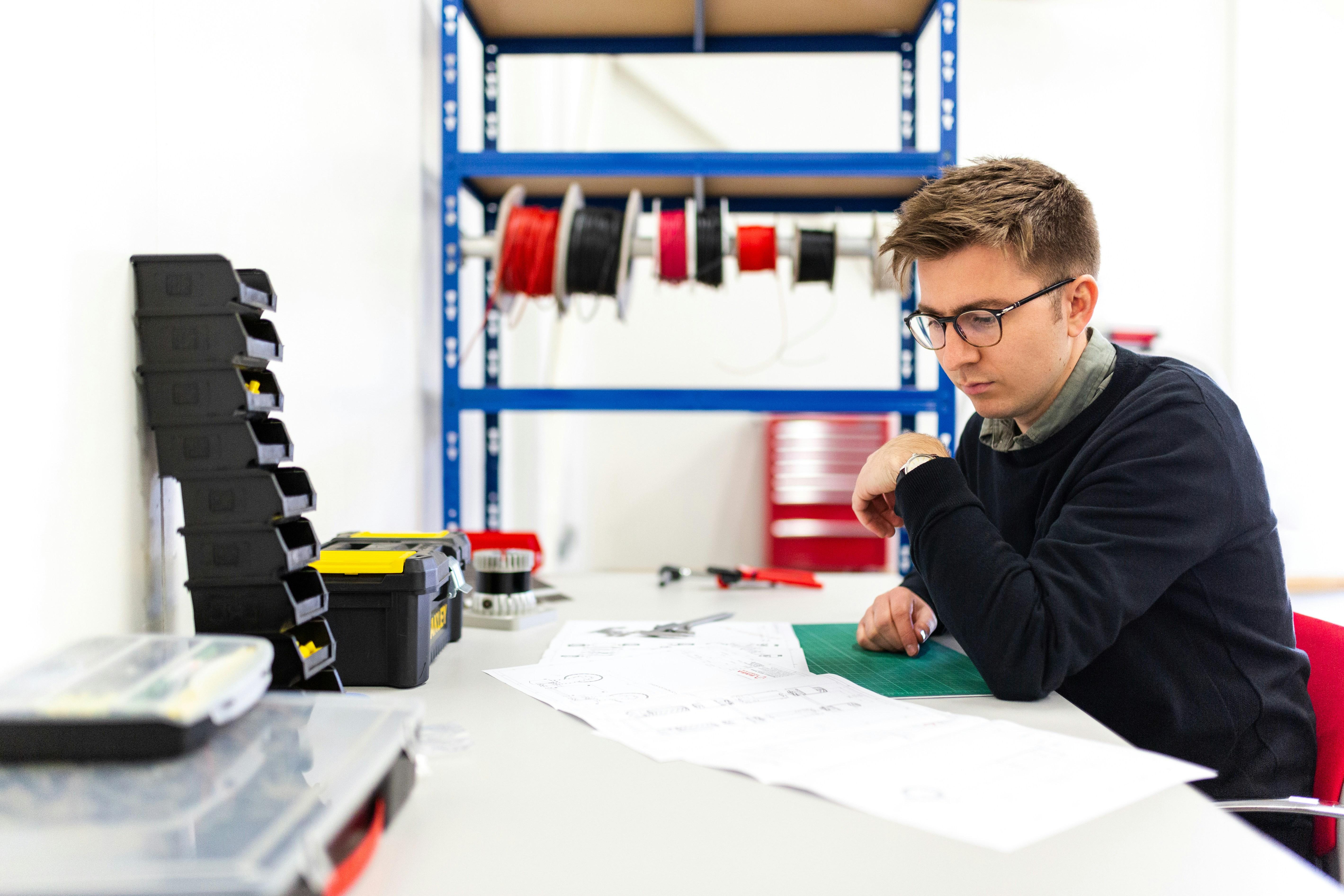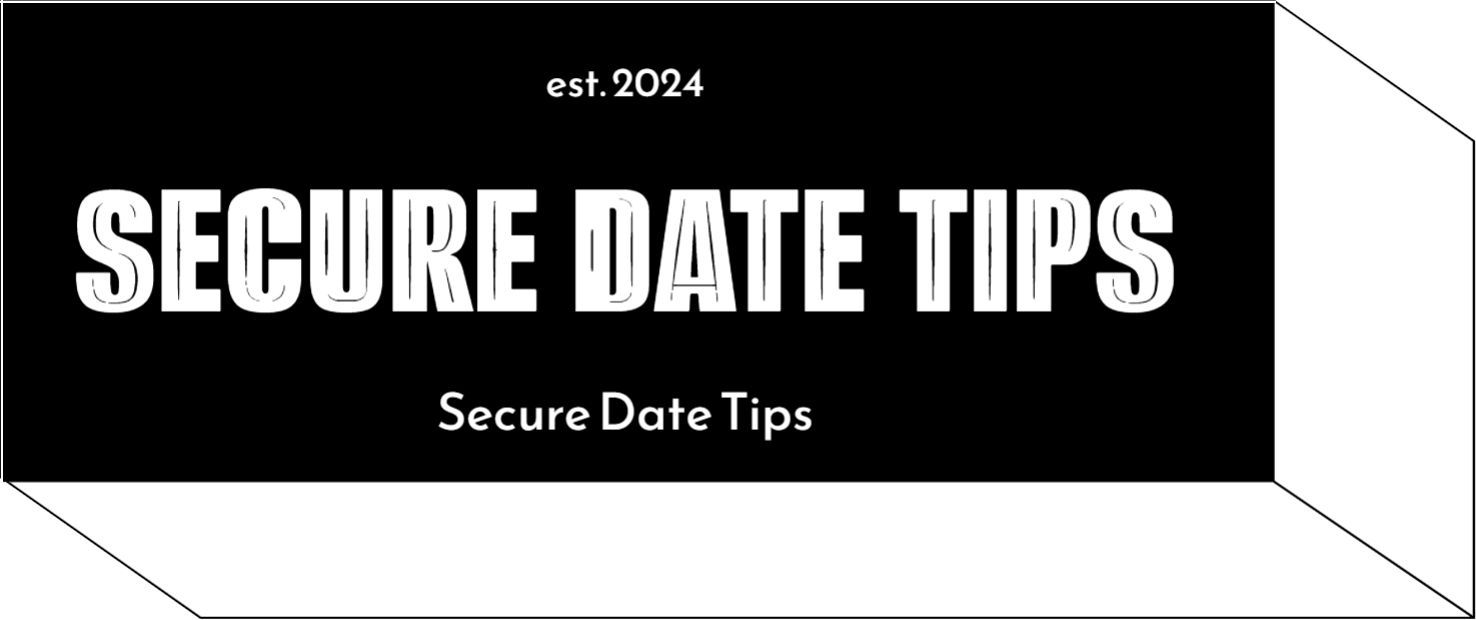In the swirling dance of digital romance, where swipes and clicks lead the way, the allure of connection often masks a hidden challenge: the presence of fake profiles. As dating apps continue to shape the landscape of modern relationships, discerning between genuine interest and deceptive facades becomes essential. This guide delves into the art of digital discernment, offering best practices for identifying fake profiles on popular dating platforms. Whether you’re a seasoned swiper or a curious newcomer, these insights will empower you to navigate the virtual dating world with confidence and clarity.
Spotting the Signs: Key Indicators of Fake Profiles
In the world of online dating, distinguishing genuine connections from fraudulent ones can be challenging. Fortunately, there are several key indicators that can help you spot fake profiles. One common red flag is incomplete or overly polished profiles. If the profile lacks personal details or seems too good to be true, proceed with caution. Another warning sign is the use of stock photos or images that appear overly professional. A quick reverse image search can reveal if a photo has been lifted from elsewhere on the internet.
- Vague or Generic Responses: If the conversation feels scripted or lacks personalization, it might be a bot.
- Inconsistent Information: Look out for discrepancies between what’s written in the bio and what they say in chat.
- Reluctance to Meet: If someone consistently avoids meeting in person or video chatting, they may not be who they claim.
- Immediate Love or Affection: Be wary of profiles that quickly express strong feelings or request personal information.

Profile Picture Perfection: When Too Good Is a Red Flag
While a captivating profile picture can certainly grab attention, it’s essential to be cautious when a photo seems too flawless. Perfectly staged images might suggest a professional photoshoot, but on dating apps, they can also be a red flag for potential fake profiles. Consider these indicators:
- Overly polished images: If the picture looks like it belongs in a magazine, it might not be genuine. Look for signs of excessive editing or filters.
- Lack of variety: A profile that only showcases one or two perfect pictures, especially without any casual or candid shots, can be suspicious.
- Reverse image search: Use tools to verify if the image appears elsewhere online. If it’s linked to multiple profiles, it could be a stock photo or stolen image.
Approach such profiles with a degree of skepticism. Engaging in a conversation to ask for additional, more casual photos can often reveal the authenticity behind the profile.
Crafty Conversations: Decoding Deceptive Messaging
In the intricate world of digital dating, distinguishing genuine profiles from deceptive ones requires a keen eye and a touch of savvy. Spotting fake profiles often hinges on recognizing subtle inconsistencies and red flags. Here are some key practices to enhance your detection skills:
- Profile Picture Scrutiny: Be wary of profiles with overly polished or model-like photos. Use reverse image search tools to verify if images appear elsewhere online.
- Bio Analysis: Look for vague or generic descriptions. Genuine users typically provide specific details about their interests and hobbies.
- Language and Grammar: Poor language skills or mismatched linguistic styles can indicate a fake profile, especially if the user claims to be from a region where such errors are unlikely.
- Response Patterns: Fake profiles often reply quickly with generic or evasive answers. Authentic interactions tend to be more personalized and thoughtful.
By honing these skills, you can navigate the dating app landscape with greater confidence, ensuring your interactions are both genuine and meaningful.

Verification Tools: Leveraging App Features for Authenticity
In the ever-evolving world of online dating, ensuring the authenticity of profiles is crucial. Many apps have integrated verification tools designed to help users discern genuine profiles from fake ones. These features often include options for verifying identity through photo matching, linking to social media accounts, or even using real-time video calls. By taking advantage of these tools, users can have a more secure dating experience.
- Photo Verification: Some apps prompt users to take a selfie in real-time, which is then compared to their profile pictures. This simple step can significantly reduce the number of catfish accounts.
- Social Media Linking: Connecting a dating profile to verified social media accounts can provide additional layers of credibility, as it showcases a user’s broader digital footprint.
- Video Calls: Initiating a brief video call before meeting in person can help verify that the person matches their profile, adding an extra layer of security.
By leveraging these built-in features, users not only protect themselves but also contribute to a safer community. Embracing these verification tools can enhance trust and authenticity, paving the way for genuine connections.



